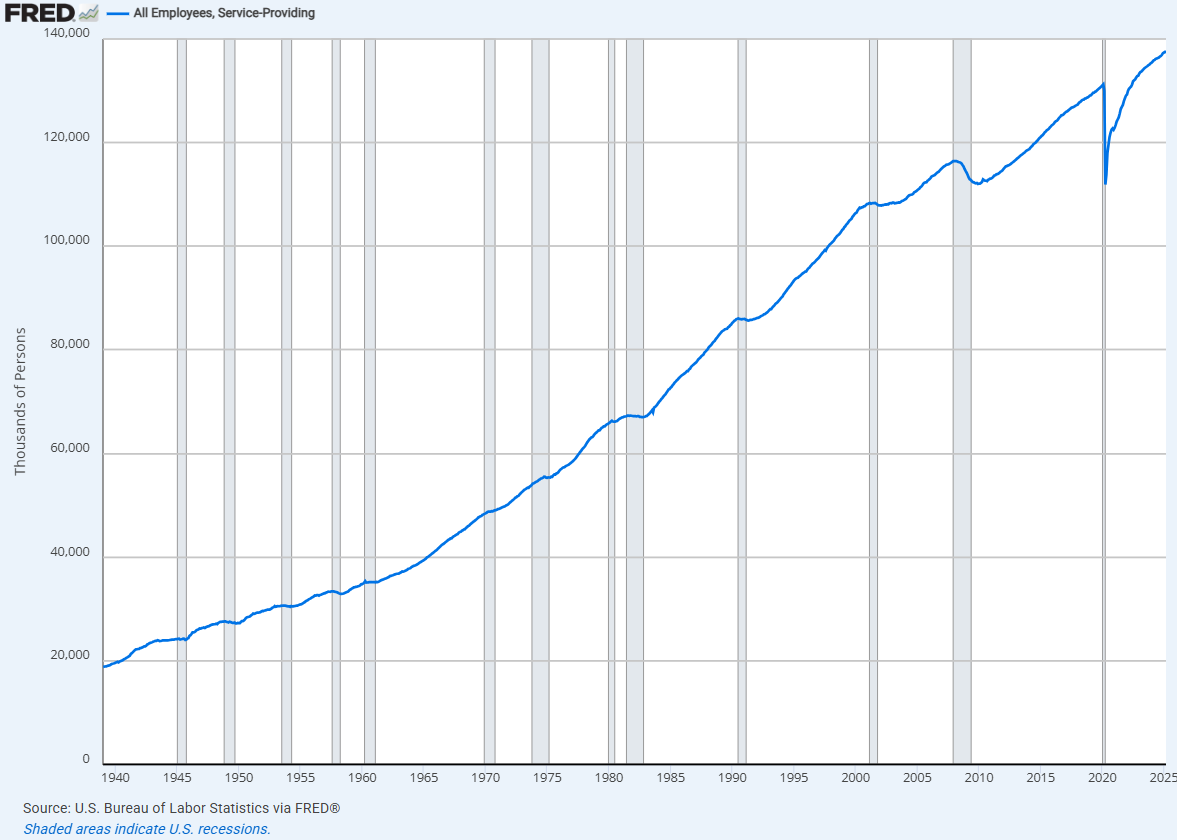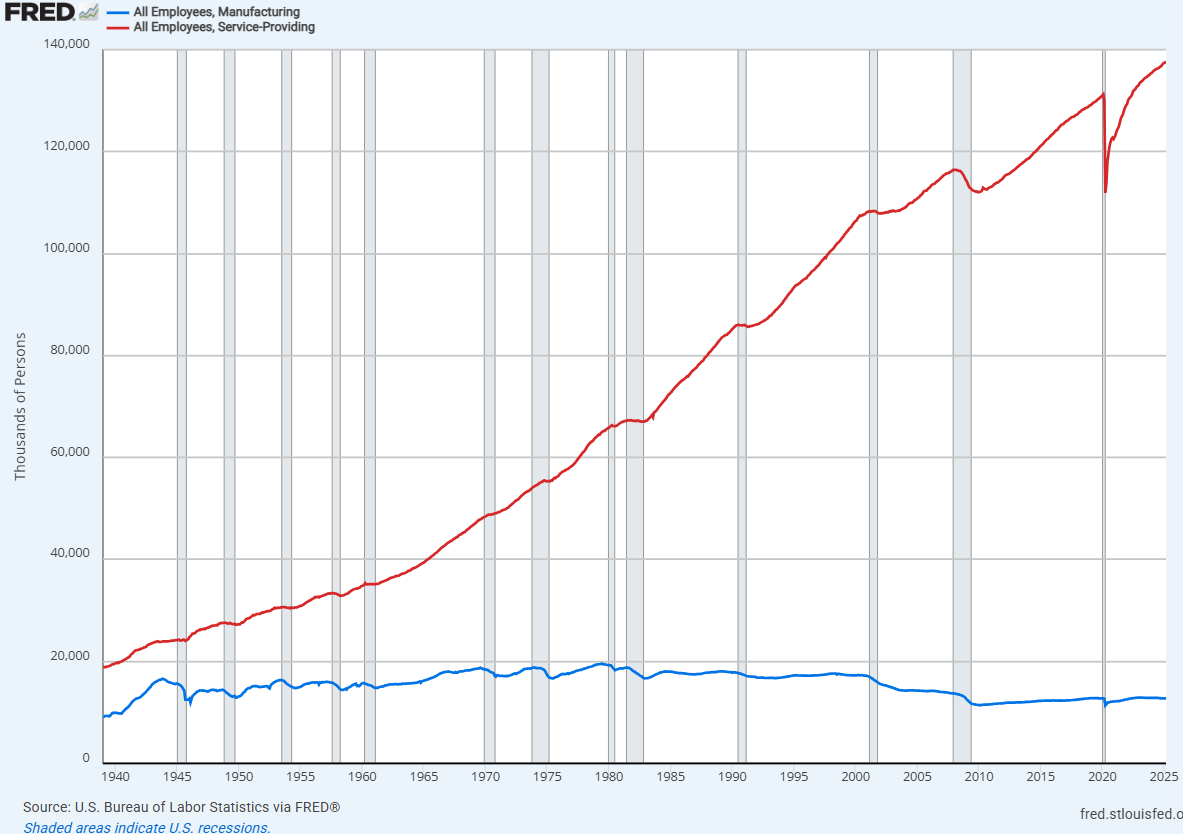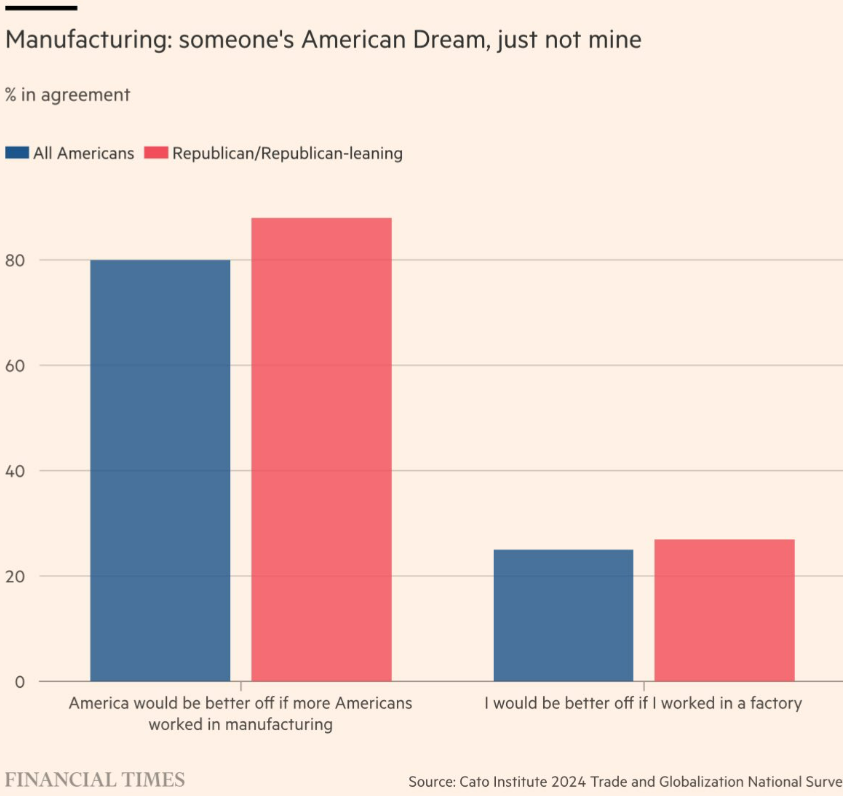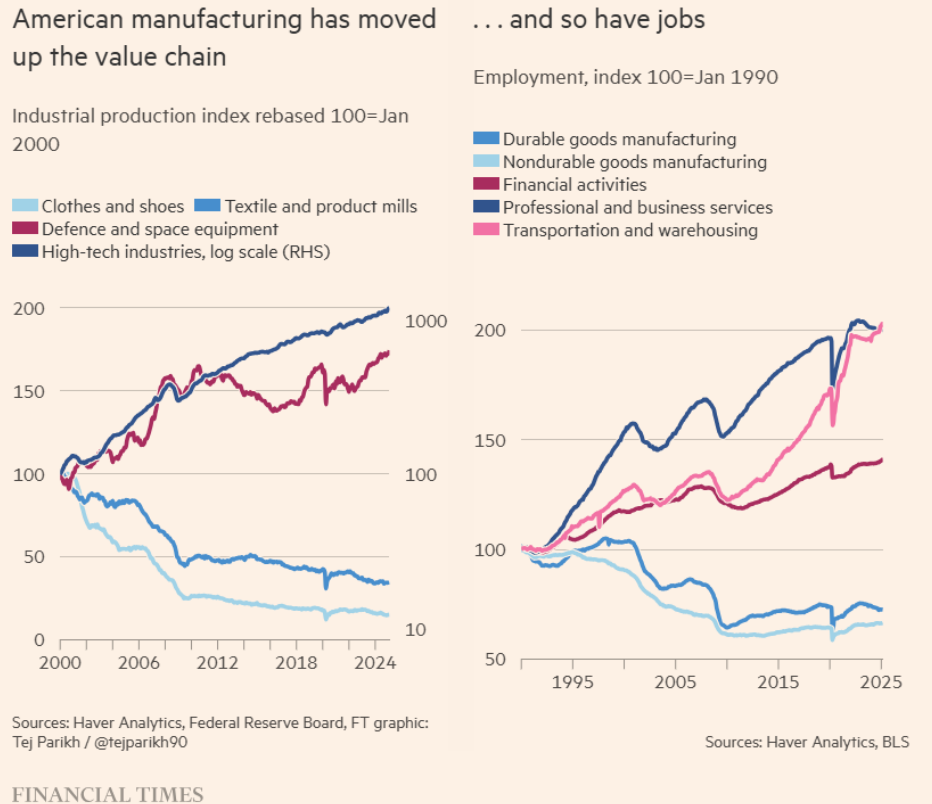By today’s standards, life in the late 1800s was disastrous for the majority of the population.
The average life expectancy at birth was only 45 years.
Most of the houses didn’t have bathrooms and there was no electricity yet. There was no radio, phone, movies, professional sports.
Robert Gordon It estimates that 87% of all employment in 1870 can be explained as unpleasant based on working conditions.1
More than three-quarters of teenage men aged 16-19 were in the workforce. Today, that number is less than 40%. There was no such thing as upward mobility, as 75% of the average worker belonged to the same occupation after 10 years.
The majority of the workforce was in agriculture. Gordon explains:
In 1870, more than half of the men were farming as owners or farm workers. Their time was long and difficult. They were exposed to heat in the summer and cold in the winter, and the fruits of their labor were at the mercy of droughts, floods and insect invasions. Working class jobs in the city required 60 hours of work per day, including Saturdays.
The average farm generated $874 in production for today’s dollars a year. They mostly survived and cultivated to provide necessities.
Resignation did not exist as most people worked until they died.
Things began to change as people moved to cities in the early 20th century, technology improved dramatically, and labor moved from agriculture to manufacturing.
The roaring of the 1920s arrived at an era when manufacturing exploded for all innovation. John Brooks explains in his book Once in Golconda:
The project was responsible for the country to a level that was not so long as the postwar period of railway expansion. And its new leader was the automobile, a new kind of transportation. Between 1921 and 1923, annual factory sales of passenger cars increased from under 1.5 million to over 3.6 million, and by the end of the decade the total number of cars on American roads had risen from 10.5 to 15.1 million.
All of these cars needed a manufacturing base. The pain from this major move towards manufacturing has been felt badly by farmers across the country.
Of course, prosperity wasn’t for everyone. Farmers were virtually indifferent and straightforward at the time, as they were largely deprived of massive wartime export trade and were not equipped with temperament or technology to protect themselves from suicide through overproductivity. The average price of all produce was reduced by half from 1920 to 1921, and by 1927 it was to regain a small portion of the loss. The per capita net income of farmers fell 62% between 1919 and 1921. These catastrophic declines were unprecedented in the country’s agricultural history, and meant the failure of default mortgages and the rural banks holding them. In the great year of “prosperity” from 1923 to 1929, US banks were steadily failing nearly twice a day.
We went from 50% of the workforce working on farms in the late 19th century to less than 2% today. This is progress, but it clearly cost those who had to overcome a change of government.
Economic dynamism is one of the greatest strengths of our system. However, one of the biggest drawbacks of this system is its failure to protect those who are harmed when they transition from one government to the next. I’ll soon be talking about that.
The first important labor change for mankind was the transition from a hunter-gatherer society to an agricultural society. After that, I went from agriculture to manufacturing. The latest shift has been the transition from a manufacturing-based economy to a service-based economy.
Look at the number of manufacturing employees over time:

It stagnated and then fell off the cliff. And this is service-based employment:

So let’s put them together for context.

Right or wrong, we will never go back to becoming a manufacturing powerhouse. The shift has been made.
That’s not to say that manufacturing should be abandoned altogether. The 2020s emphasize the importance of the supply chain and physical world despite the increasing importance of the digital world.
I’m not a fan of the way this trade war is unfolding, but it proves that there are a lot of people who are angry about how destructive the labor transition is in certain industries and towns.
Financial Times We shared the findings on manufacturing employment.

Most Americans want to see more manufacturing jobs, but don’t want to work in those jobs. Also, only 2% of Americans currently working in factories are worthy of attention.
They also show how the manufacturing sector has changed dramatically this century.

Technology is not slowing down. The combination of AI and robotics further disrupts the workforce in ways that most people can’t even imagine now.
The good news is that these innovations also create new jobs.
However, it is worth talking about how to help people evacuating in the meantime.
Michael and I talked about the composition of the labor market.
https://www.youtube.com/watch?v=1eya1mmdcww
Subscribe to the compounds so you don’t miss the episode.
Read more:
Why are people miserable at work?
50 Ways to Better the World
Here’s what I’ve been reading recently:
Book: Book:
1Today, that number is similar to 20%, but I am sure some workers will not agree.







